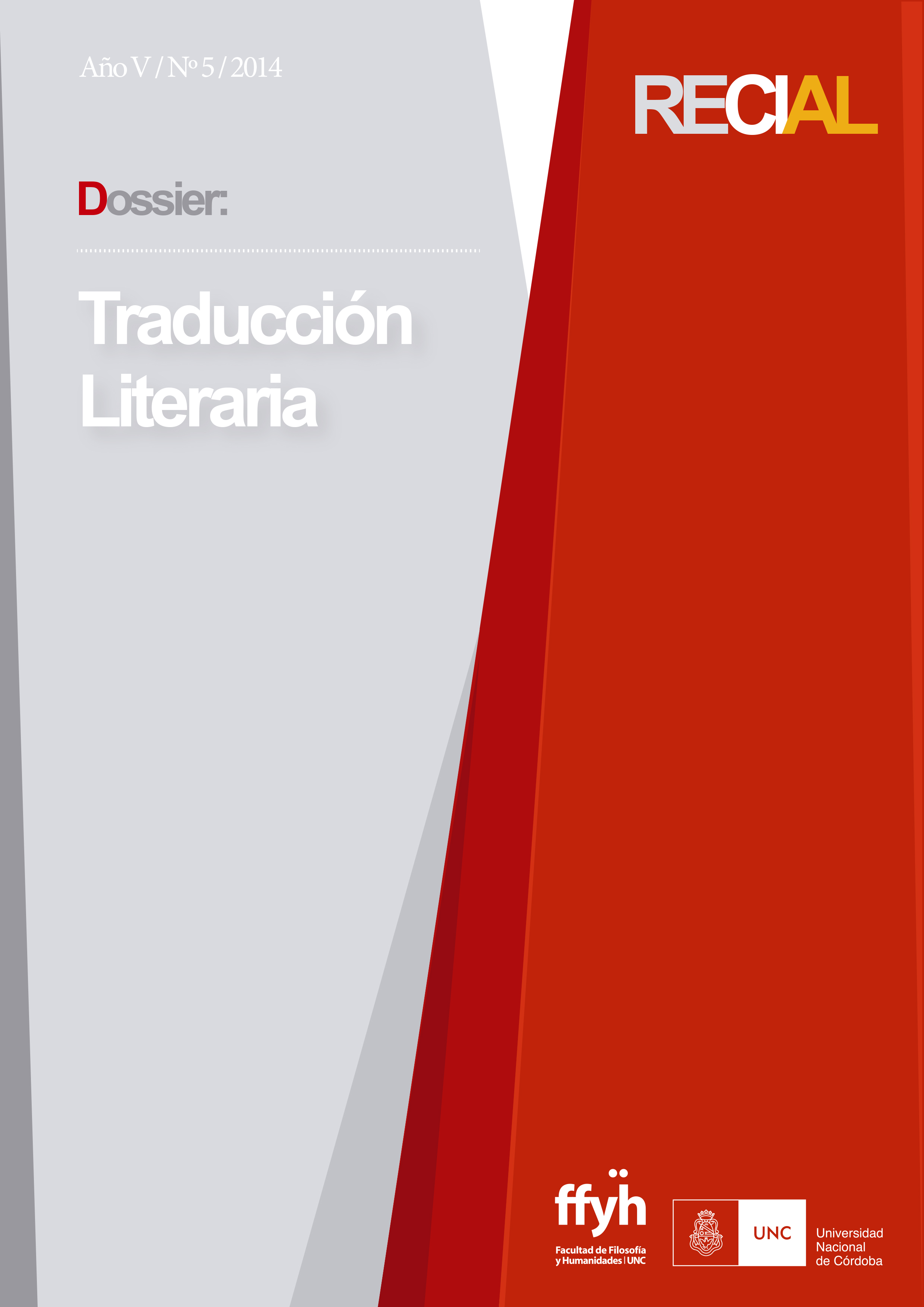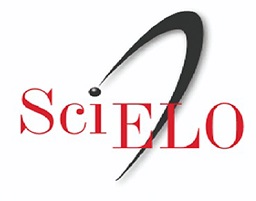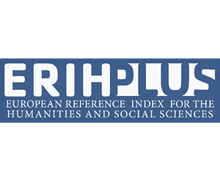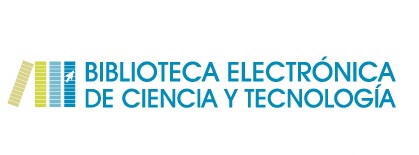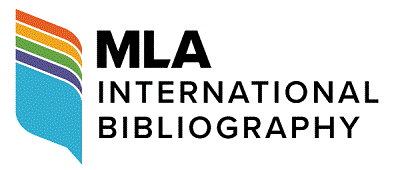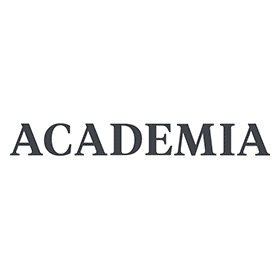La poesia posmoderna de Rae Armantrout: Problemas traductológicos en Versed
DOI:
https://doi.org/10.53971/2718.658x.v5.n5-6.9584Keywords:
translation, effect, shift, emphasis, rewritingAbstract
The poetry of Rae Armantrout, postmodern American writer, is characterized by its heteroglossia and its exploration of words and their meanings. Reproducing Armantrout’s formal and semantic effects in the translated versions of her poetry into Spanish is, undoubtedly, a complex task that requires multiple rewritings and creative strategies. Every translation implies a reintegration in the importing culture that needs changes or “shifts” of different kinds: obligatory – those that have to do with the different structures the original and the receiving languages present – and non-obligatory – those introduced by the translator, unrelated to the differences between languages. In addition, every rewriting, if we understand the translation process as a creative process that derives from the dialogic interplay between texts, implies an experiment of omission and emphasis that must consider the phono-morphological, syntactic, semantic, and metrical dimensions. This study analyzes these translation issues in the rewriting in Spanish of Versed (2009), Armantrout’s anthology recognized with the Pulitzer Prize of Poetry in 2010, with the objective of considering the changes and adaptations that take place in the translated versions of this poet’s work.Downloads
References
- Armantrout, Rae (2009). Versed. Connecticut: Wesleyan University Press.
- Davies, Paul ed. (1989). The New Physics. Cambridge University Press, Cambridge.
- Even-Zohar, Itamar (1990). “Polysystem Studies,” Poetics Today, 11, 1 (special issue).
- Gentzler, Edwin (1993). Contemporary Translation Theories. New York: Routledge.
- Hermans, Theo (1999). Translation in Systems. Descriptive and Systemic Approaches Explained . Manchester: St. Jerome Publishing.
- Popovic, Anton (1970), “The Concept “Shift of Expression” in Translation Analysis,” en The Nature of Translation. Holmes, James S., de Haan, Frans y Popovic, Anton (Eds.) The Hague: Mouton.
- Toury, Gideon (1980). In Search of a Theory of Translation. Tel Aviv: The Porter Institute for Poetics and Semiotics.
Webgrafí a
- Anadón, Pablo (29 de septiembre de 2009). “Venturas y Desventuras de la Traducción Poética.” Revista Clarín. Disponible en: http://www.revistaclarin.com/1258/diario-del-traductor-venturas-y-desventuras-de-la-traduccion-poetica/ Fecha de consulta: marzo 2014.
- Bobadilla, José Luis (26 de marzo 2014). “Recurrencias.” En Mula Blanca. Disponible en: http://mulablanca.com/mx/recurrencias . Fecha de consulta: mayo 2014.
- Carbajosa, Natalia (2012) “Me inquieta tener una experiencia que no se puede articular,” Entrevista con Rae Armantrout. En Jotdown. Contemporary Culture Magazine. Disponible en: http://www.jotdown.es/2012/03/rae-armantrout-me-inquieta-tener-una-experiencia-que-no-se-puede-articular/ Fecha de consulta: abril 2014
- Escalante, Deborah y Calvin Pennix, (---), “Don’t Back Away: An Interview with Rae Armantrout.” Disponible en: http://www.chapman.edu/research-and-institutions/tabula-poetica/_files/tab-ivarmantrout.pdf . Fecha de consulta: agosto 2014
- Stanton, Robert, Perelman, Bob, Huk, Romana, Schmidt, John (2011). “A Conversation with Rae Armantrout.” Disponible en: http://versedreader.site.wesleyan.edu/files/2011/08/A-Conversation-with-Rae-Armantrout.pdf . Fecha de consulta: julio 2014.
- Vergara, Francisco, (5 de febrero de 2005) “Notas sobre Traducción de Poesía,” en 5 Luces. Disponible en: http://lospoetasdelcinco.cl/antano/Luces/Ediciones/ed05022005/franciscovergara001.htm Fecha de consulta: junio 2014
Downloads
Published
Issue
Section
License
Aquellos/as autores/as que tengan publicaciones en esta revista, aceptan los términos siguientes:
- Los/as autores/as conservarán sus derechos de autor y garantizarán a la revista el derecho de primera publicación de su obra, el cuál estará simultáneamente sujeto a la Licencia de reconocimiento de Creative Commons que permite a terceros compartir la obra siempre que se indique su autor y su primera publicación esta revista.
- Los/as autores/as podrán adoptar otros acuerdos de licencia no exclusiva de distribución de la versión de la obra publicada (p. ej.: depositarla en un archivo telemático institucional o publicarla en un volumen monográfico) siempre que se indique la publicación inicial en esta revista.
- Se permite y recomienda a los/as autores/as difundir su obra a través de Internet (p. ej.: en archivos telemáticos institucionales o en su página web), luego de su publicación en la revista. (Véase El efecto del acceso abierto).

